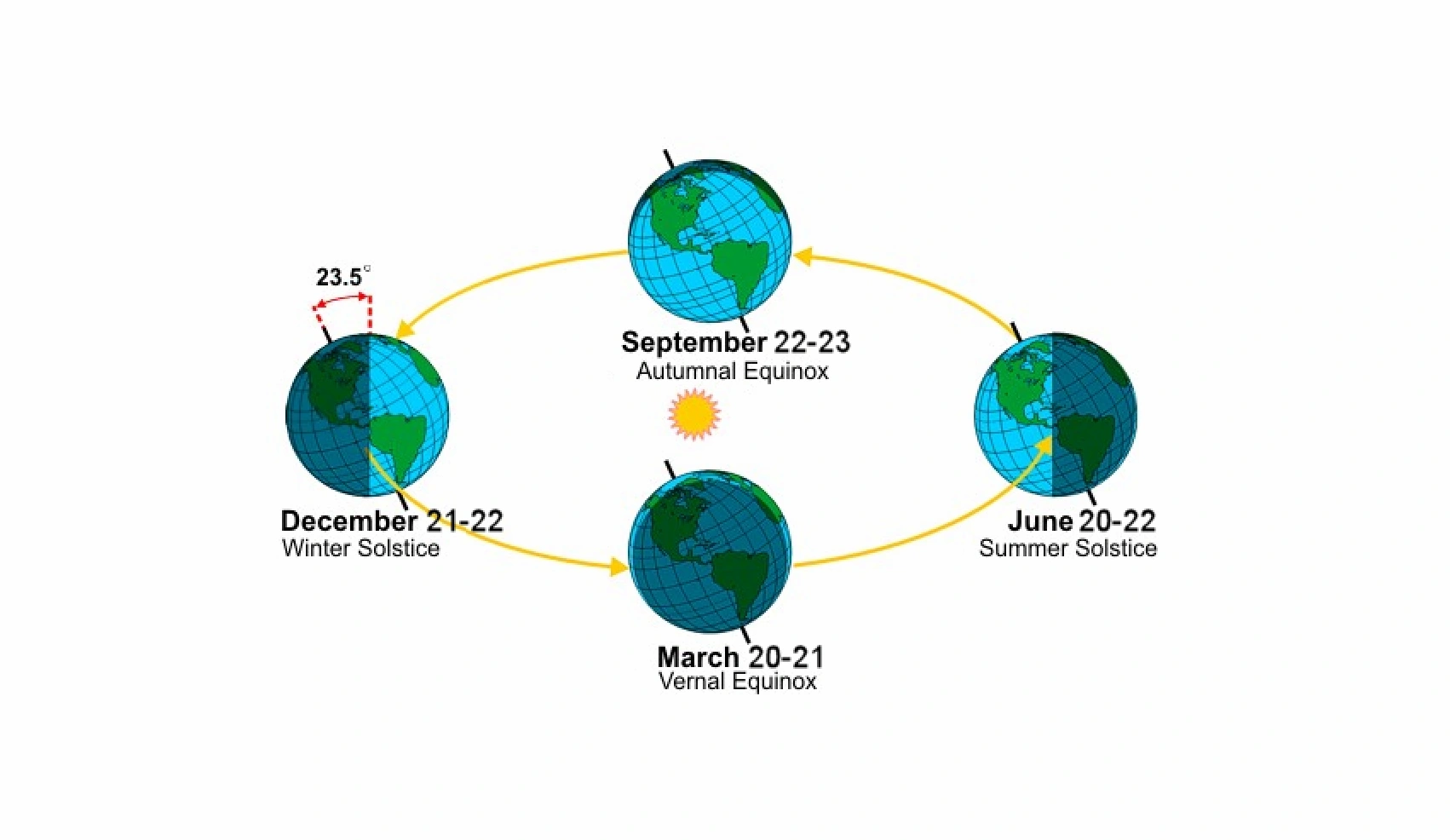Does equinox affect the strength of the northern lights?
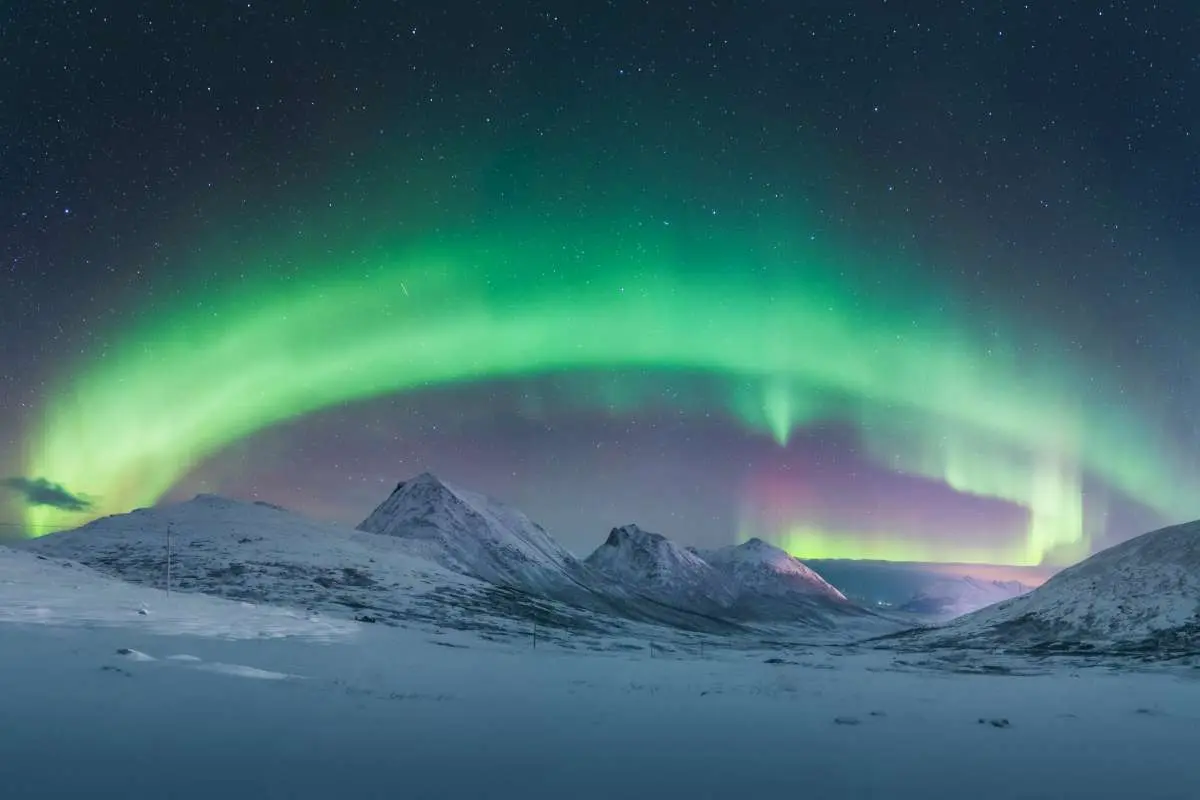
Photo by Marek
The northern lights are one of the most breathtaking natural spectacles on Earth, drawing visitors from across the globe to destinations in the Arctic, including northern Norway. But for those planning a trip, timing can be everything. Many aurora hunters hear that the equinox months, March and September, are particularly favorable for strong auroras. But is this just a myth, or is there real science behind the claim? In this blog, we’ll explore how the equinoxes affect the northern lights, explain the science in simple terms, and share why these periods of the year are especially popular among travelers and scientists alike.
Understanding the Aurora Borealis
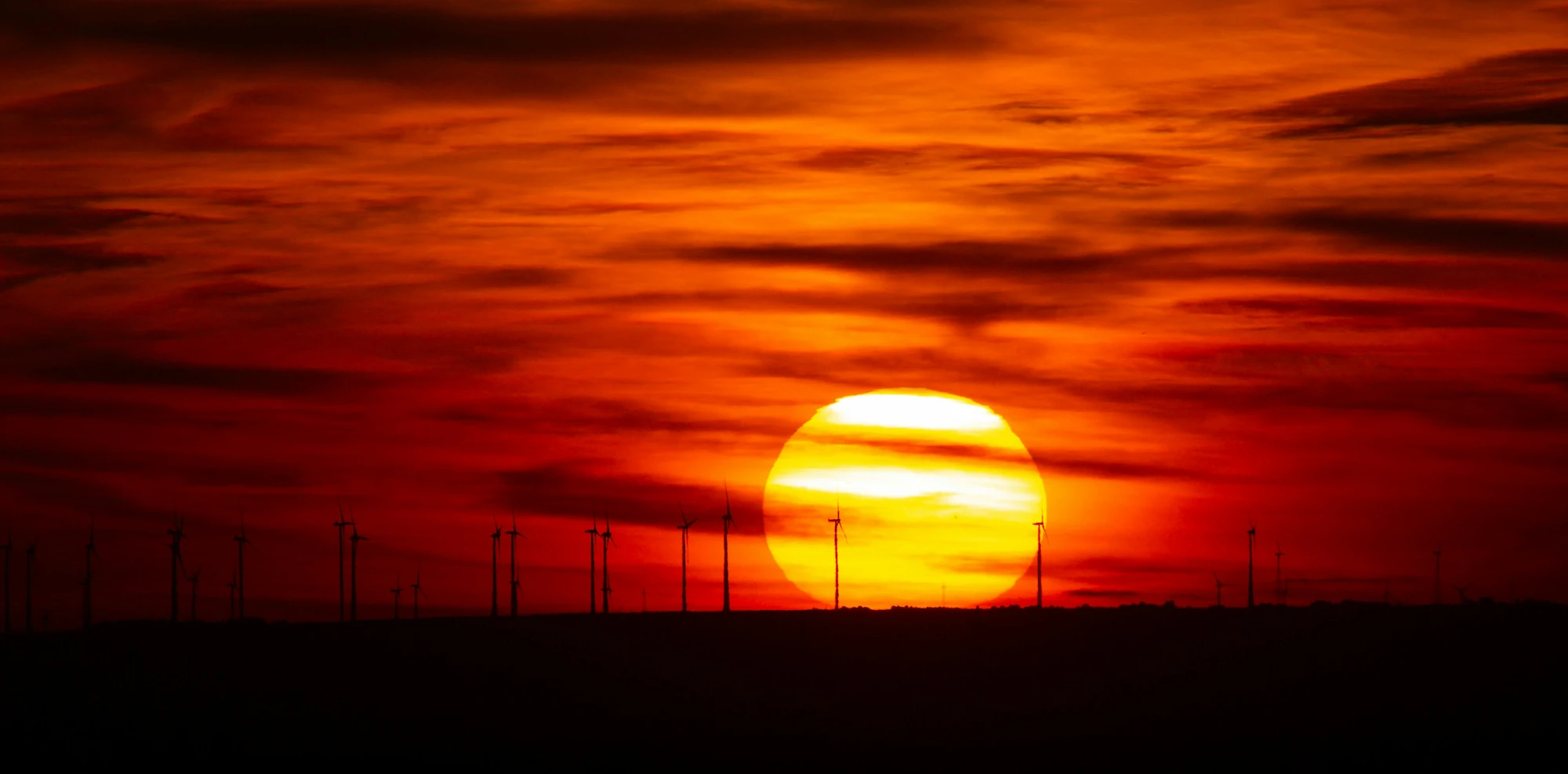
Photo by Bernd 📷 Dittrich on Unsplash
Before diving into the equinox, let’s first understand what causes the aurora.
The aurora borealis occurs when charged particles from the sun, carried by the solar wind, collide with gases in Earth’s upper atmosphere. These collisions release light, which we see as shimmering green, red, or purple curtains dancing across the night sky.
Normally, Earth’s magnetic field deflects much of the solar wind, acting as a shield. But when conditions align, solar particles break through, funneling down toward the poles where they interact with oxygen and nitrogen in the atmosphere. The strength, frequency, and color of auroras depend on the intensity of the solar wind and the composition of gases at different altitudes.
What Makes the Equinox Special?
So what happens during the equinoxes that makes auroras more active?
Around March 20 and September 22 each year, Earth’s axis is not tilted toward or away from the Sun. Instead, it’s positioned in a way that the magnetic field of Earth aligns more effectively with the magnetic field carried by the solar wind.
This alignment triggers what scientists call the Russell–McPherron effect. In simple terms, this effect means Earth’s magnetic shield becomes more “open” around the equinoxes, allowing solar wind particles to slip inside more easily. It’s often described as “cracks” forming in the magnetosphere. These are not literal cracks, but regions where the connection between the Sun and Earth is stronger.
When these solar particles pour in, they energize Earth’s magnetic field and create more frequent and often brighter auroras.
The Russell–McPherron Effect Explained

Photo by Marek Rybar
This effect is one of the main reasons auroral activity statistically peaks in March and September.
During equinox, Earth’s magnetic field tilts in such a way that the interplanetary magnetic field (IMF) carried by the solar wind can “lock on” more easily.
When this locking happens, a process called magnetic reconnection occurs, which is essentially a transfer of energy between the Sun and Earth.
More energy flowing into the magnetosphere means more particles cascade into the atmosphere, lighting up the skies.
It’s not guaranteed that every equinox night will produce spectacular auroras, but the chances are significantly better than at other times of the year. This is why both March and September are considered prime aurora seasons.
Why March and September Stand Out
If you look at auroral statistics over decades, you’ll see clear spikes around the equinoxes. In fact, auroras are nearly twice as likely to occur during these months compared to midwinter or midsummer.
For travelers, this is excellent news. In March, you often have lingering snow, long nights, and clear Arctic skies. In September, autumn paints the landscapes with rich colors, and the nights are finally dark again after the bright summer months. Both seasons combine natural beauty with heightened auroral activity, making them some of the best times to plan a trip.
Myths and Misunderstandings
AI – Photo by Sjur Hassel
Photo by NorthernShotsTours
Some people mistakenly believe the equinox causes auroras to appear. In reality, the equinox doesn’t create the lights — the solar wind does. What the equinox does is make Earth more receptive to that energy. Think of it as opening the door wider so more particles can come inside.
It’s also important to remember that other factors matter:
Solar storms: A strong solar storm in July could still produce an incredible aurora, even outside equinox season.
Weather: Clear skies are essential. The best geomagnetic storm means little if the sky is covered in thick clouds.
Location: Being within the auroral oval — the region around the poles where auroras are most common — is key. Tromsø, Alta, and Kiruna all sit in excellent positions.
Best Times for Aurora Hunting
Statistically, March–April and September–October are the best aurora hunting seasons. But that doesn’t mean winter is a bad time. In fact, November to February often brings very long nights, giving more hours to search for the lights.
The equinox simply tips the odds further in your favor. Travelers who time their trips around these dates have a better chance of seeing strong displays, provided the weather cooperates.
Experiencing the Equinox Aurora in Tromsø
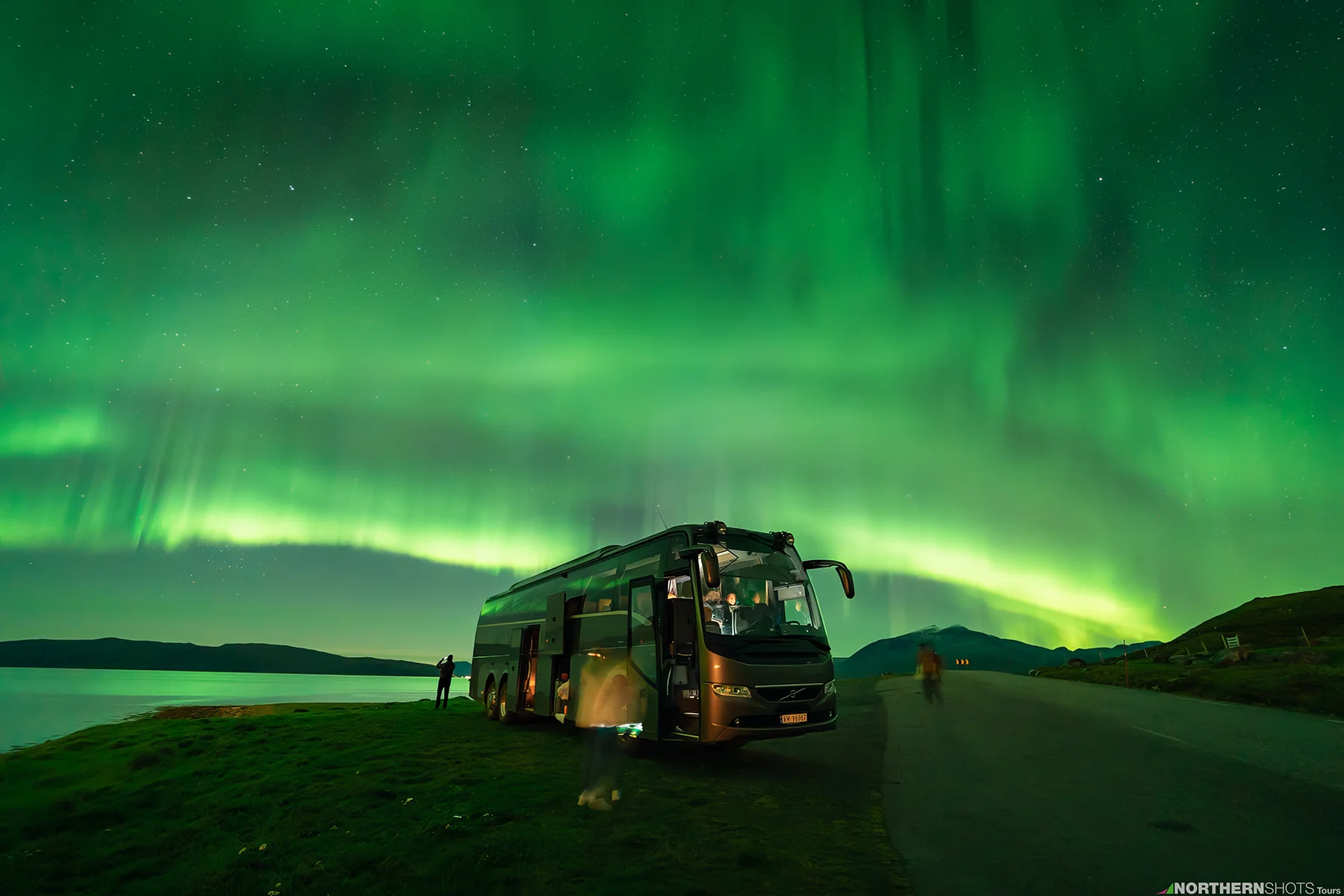
Photo by NorthernShotsTours
Northern Norway, and Tromsø in particular, is perfectly positioned under the auroral oval. This makes it one of the world’s best destinations for aurora hunters. During the equinox seasons, local guides and tour companies are especially busy, taking guests far from city lights into pristine landscapes where the aurora dances across the sky.
The advantage of joining a guided tour during these months is not only the science but the experience: guides share knowledge of local culture, history, and folklore, connecting the aurora to Norse mythology and Sámi traditions. For many visitors, this turns the spectacle into something far richer than just a visual display.
Conclusion: The Equinox Advantage
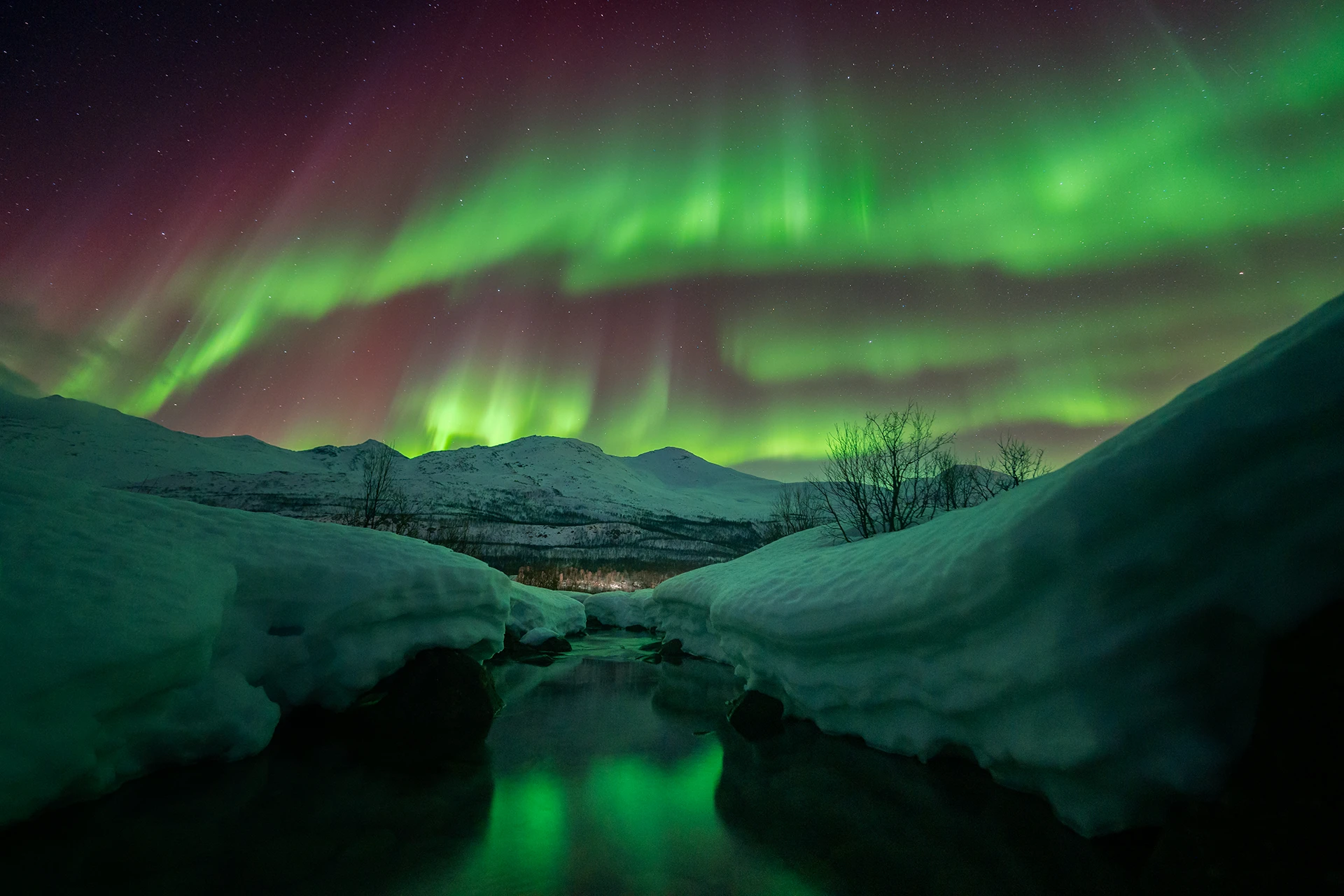
Photo by NorthernShotsTours
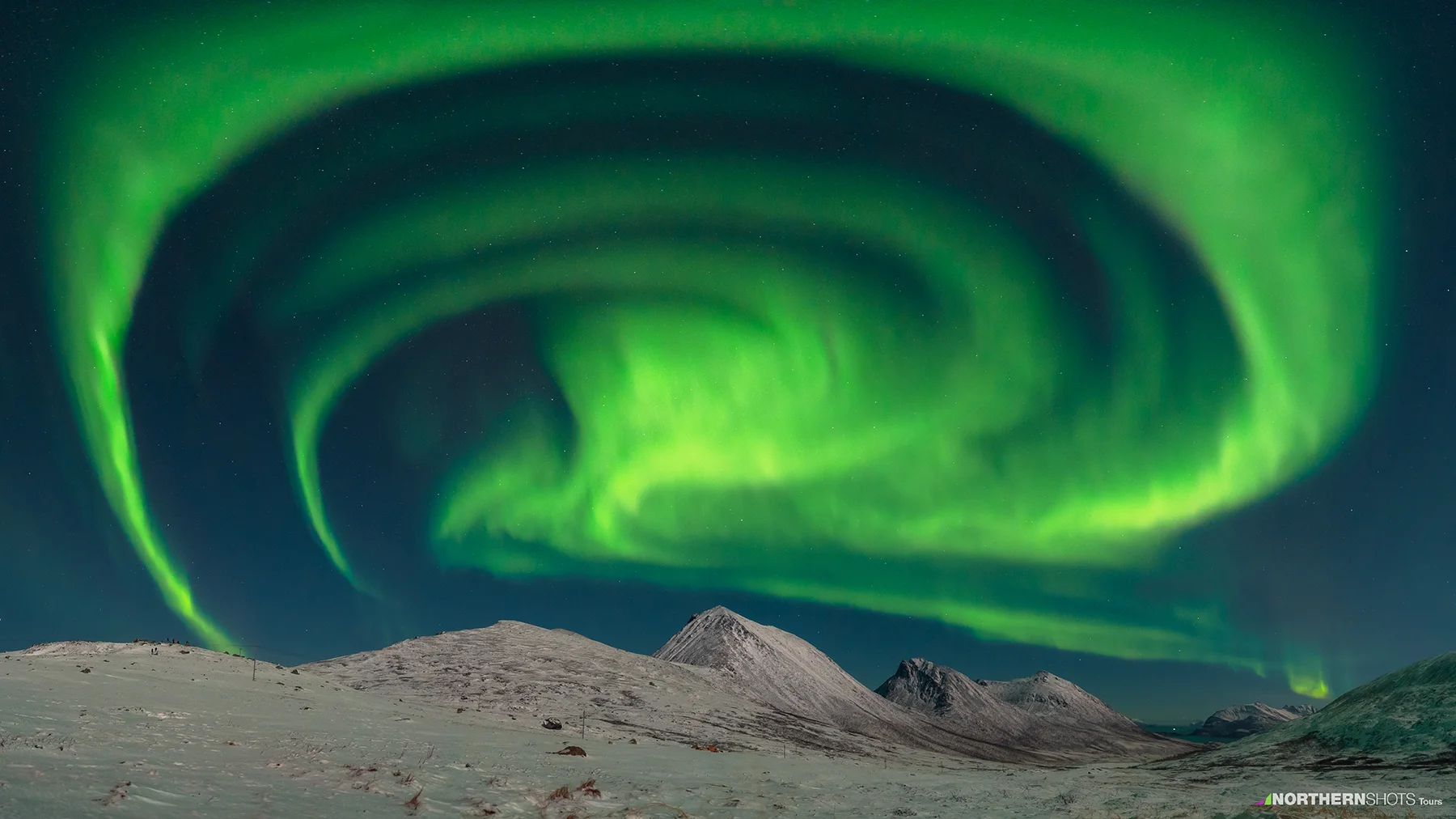
Photo by NorthernShotsTours
So, does the equinox affect the strength of the northern lights? Yes — not by making them appear out of nowhere, but by increasing the likelihood and intensity of auroral activity through the Russell–McPherron effect.
For travelers, this means that March and September offer some of the most reliable opportunities to witness this magical phenomenon. Combine the science with the beauty of Arctic landscapes, and you’ll understand why so many aurora enthusiasts plan their trips around the equinoxes.
If you’re dreaming of standing under the shimmering lights of the aurora borealis, equinox season is the perfect time to make it a reality.
You can read more about how long you can see the Northern lights in this post


